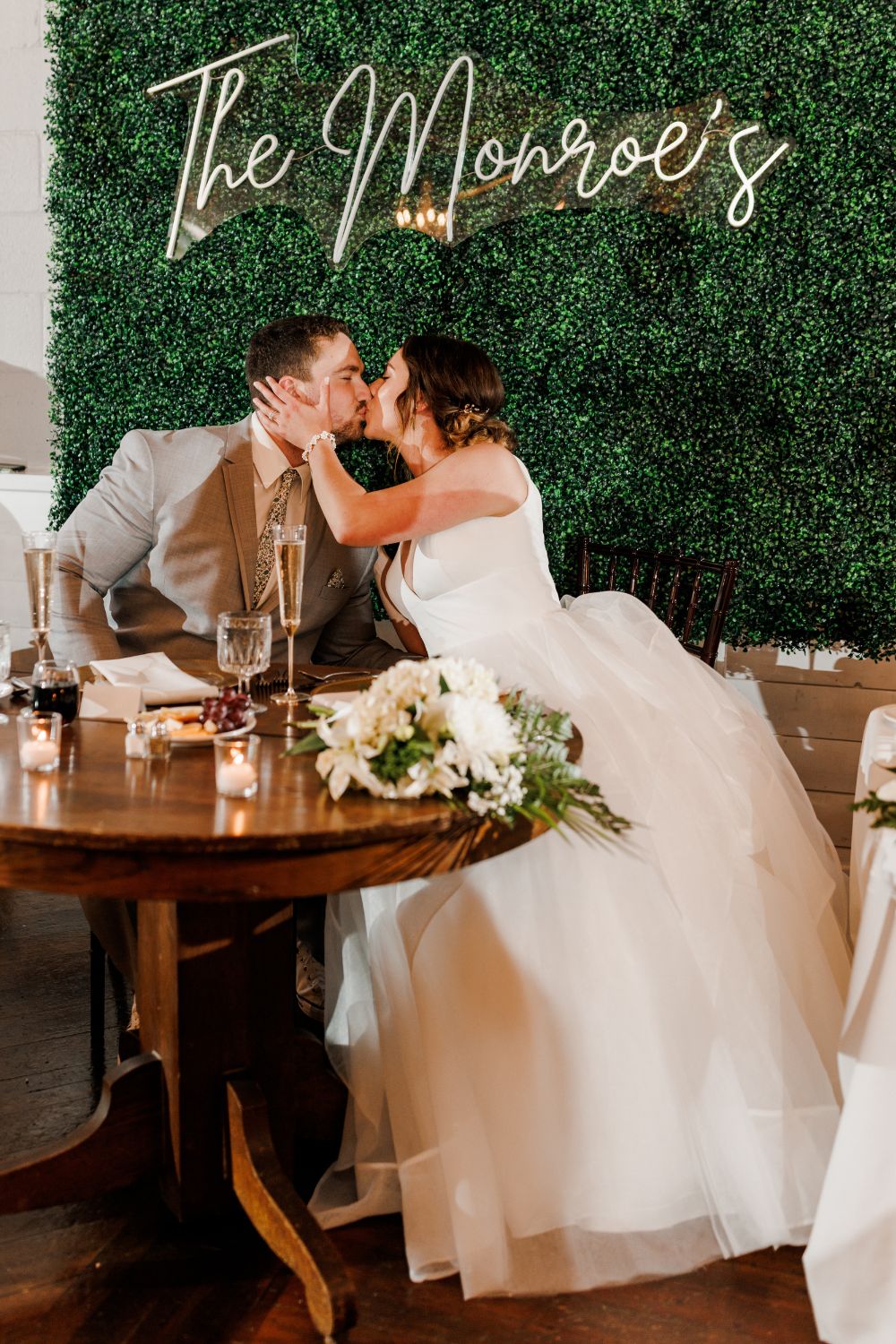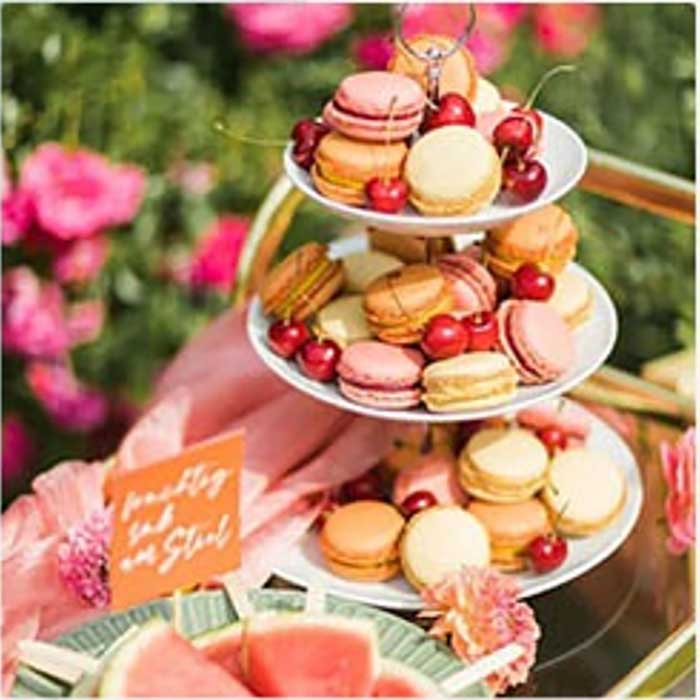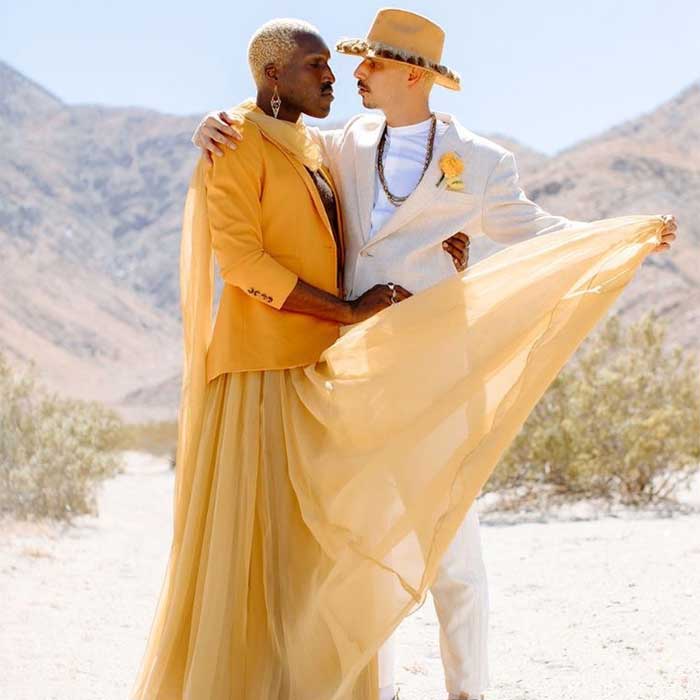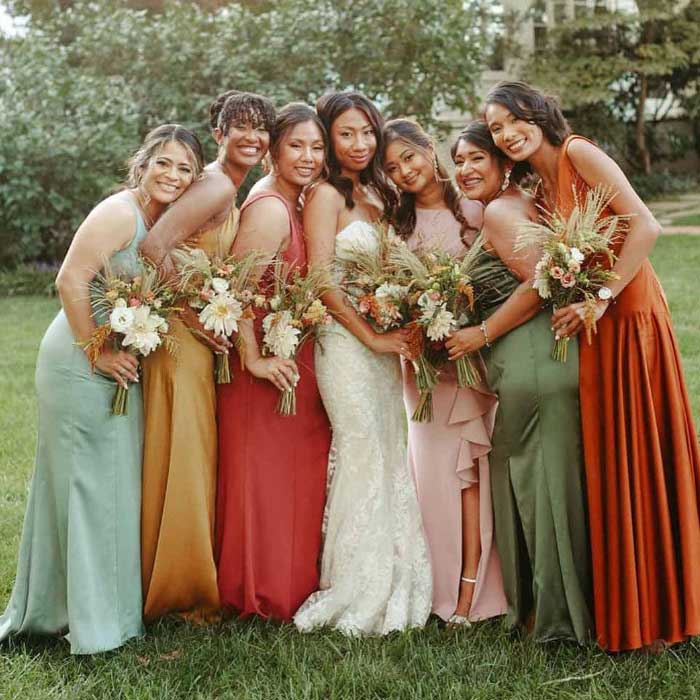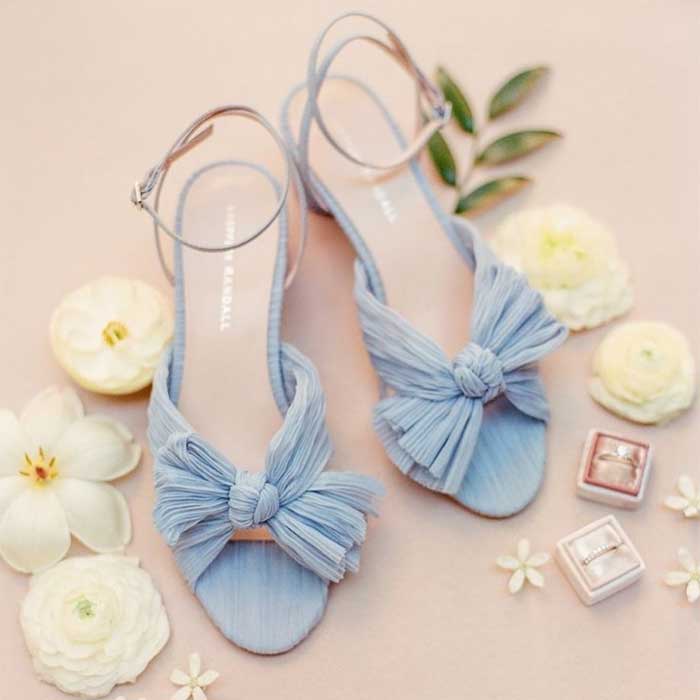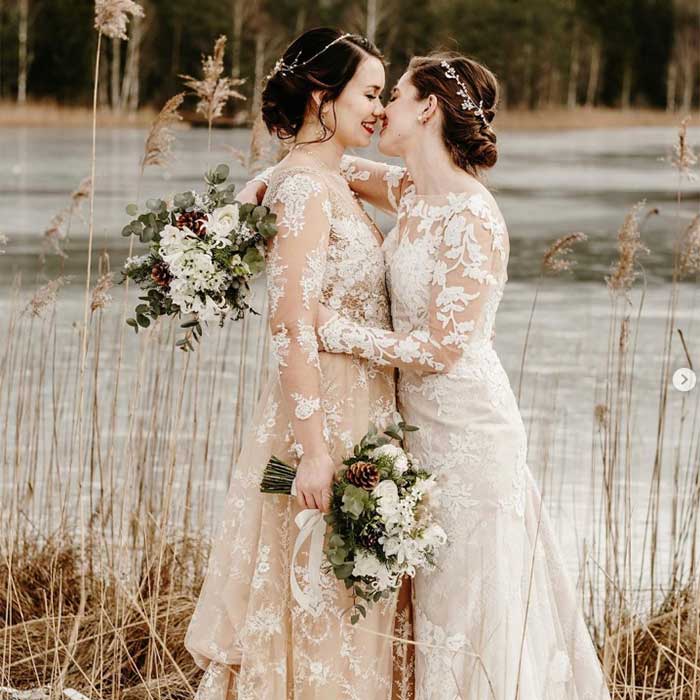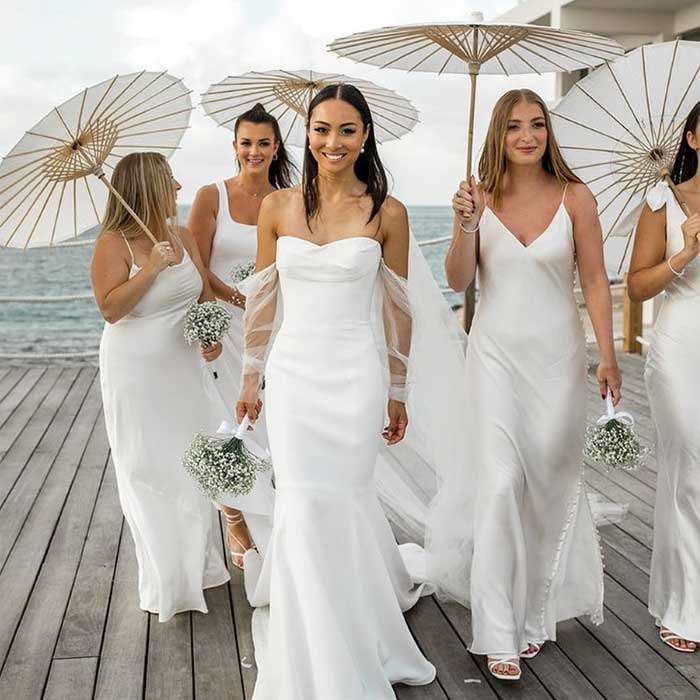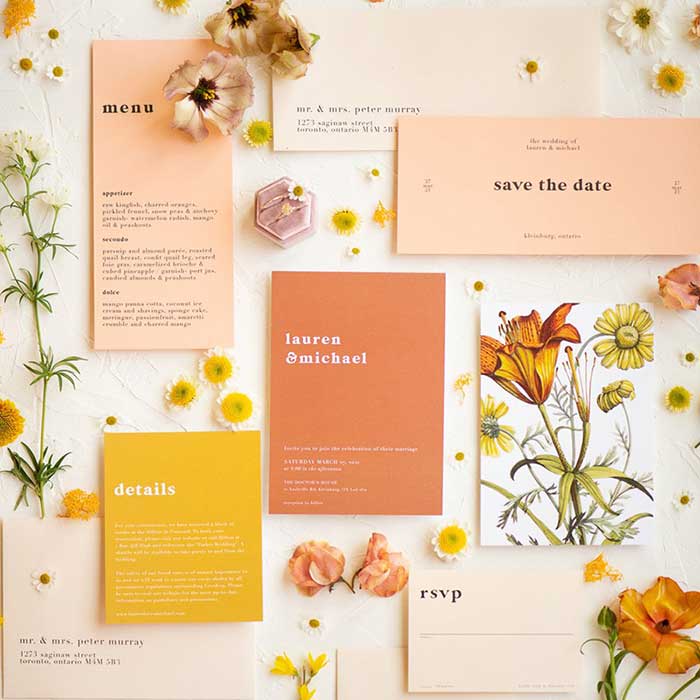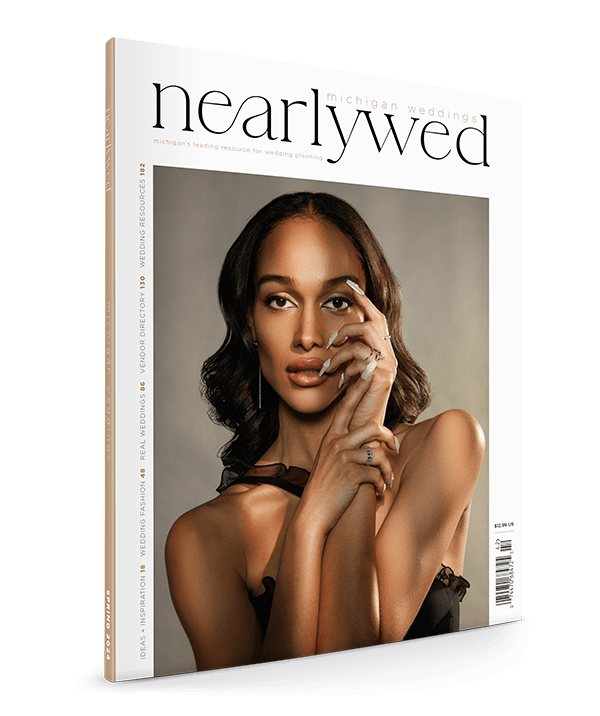Color Theory in Floristry
Color provides an obvious visual affect on ambiance, mood and overall aesthetic when incorporated into any space. Weddings and events typically adhere to one specific color scheme and use it to tie in décor, flower arrangements, dinnerware and even wardrobe choices to create an analogous and cohesive experience. The stylistic choices made in relationship to color can brighten or darken space, provide emotional symbolism and create visual appeal. In the art of floristry, color theory plays a primary role in the explicit decision-making given to designing striking floral arrangements. Here, we have broken down the concept of Color Theory and how it relates to floristry to better help you understand the knowledge and experience poured into this principal aspect of any wedding day.
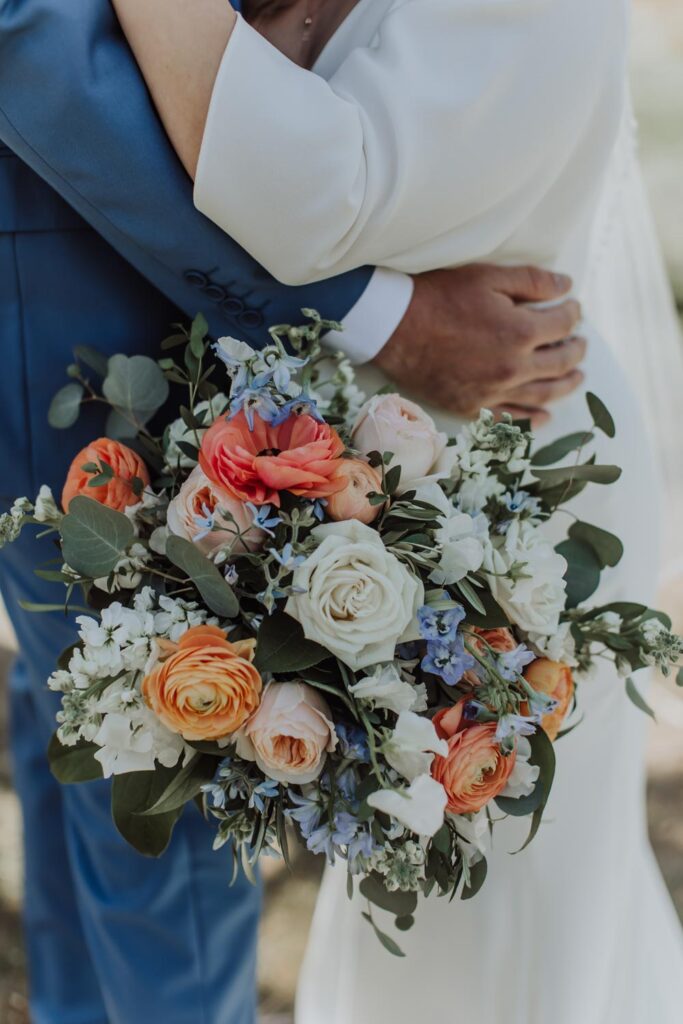
Photo sourced from Eastern Floral
What Is Color Theory?
Put simply, color theory is combining colors based on the color wheel. What is the color wheel, then? The color wheel is an artistic tool used to educate creators and designers in understanding primary, secondary and tertiary colors, and how they complement one another. Several color schemes are intrinsically relevant to the art of floristry, including complementary or contrasting, analogous, monochromatic and triadic schemes.

To break this down further, we can begin to understand primary, secondary and tertiary colors. Primary colors are the three colors that can be combined or mixed to create all other colors. These include red, yellow and blue. Secondary colors are the colors that result from mixing each combination of the three primary colors. This includes red + yellow = orange, blue + red = purple, and yellow + blue = green. Tertiary colors are intermediary colors that can be created by combining primary and secondary colors in differing amounts, and the results of those infinite combination options are too long to list!

To understand complementary and contrasting colors, we should take another look at the color wheel. Yes, it is an actual wheel! The color wheel is visually represented by a circle that is broken into even sectors of primary, secondary, and tertiary colors. The three primary colors are set at even intervals apart from one another and do not touch. Each of their secondary color combinations are nestled in between them, and the tertiary compositions are placed in between the primary and secondary colors that are fused to create them. Complementary or contrasting colors sit opposite from each other on the color wheel. The main groups of contrasting colors include red and green, blue and orange, and purple and yellow. You might notice that each primary color contrasts a secondary color that is created from the combination of the other two primary colors. These colors create a visual juxtaposition when melded and create an intriguing display when incorporated into floral arrangements.

Analogous Colors, on the other hand, are colors with particular similarities between them. This can include a secondary color and tertiary color derived from a single primary color, like red, orange, and red-orange. These colors are next to each other on the color wheel.

Photo by Rosy & Shaun Wedding Photography
Monochromatic color schemes include a variety of hues that are all derived from one singular shade. While this may seem similar to analogous colors, it does differ since analogous colors consist of different colors from similar origins. Monochromatic colors range from dark to light and blend seamlessly into each other in transition from shade to shade. The effect of monochromatic color schemes on a meticulously designed floral arrangement is tranquil and soothing. It creates a wonderful consistency that develops a comforting mood and ambiance in any space. There is no extreme contrast or bold divergence that grabs the eye in a relentless and domineering fashion, but rather a harmonious amalgamation of ombré hues that create an exquisite backdrop for any understated and sophisticated wedding.
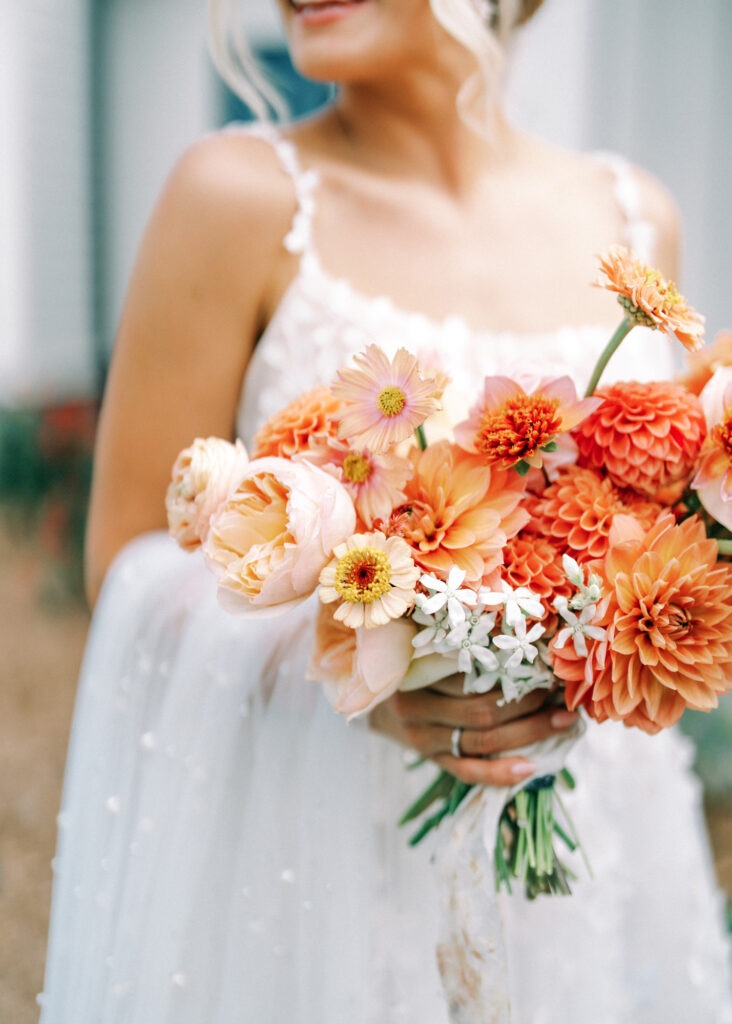
Photo by Sean Cook Weddings
Triadic color schemes consist of three colors that are evenly spaced apart from each other on the color wheel. This includes red, yellow and blue; orange, purple and green; and yellow-orange, red-purple and blue-green. The combination of these colors creates a vibrant pop, especially in any fresh floral arrangement. For those couples looking for more in their special day, triadic combinations create striking, vivid opportunities.

Color theory in floristry is key to the success of floral design. Florists are artists and must find inspiration from the principal concepts of art and design to accomplish beautiful, elegant and phenomenal floral pieces perfect for any couple’s special day.

Photo by Tylee Shay Photography
Floristry is exciting and fun because it combines not only bold color, but also unique texture and inherent symbolism. Creating an arrangement is not simply integrating color, because each flower, plant or piece of foliage also has its own individual appearance, size, style and sometimes, even special meaning or historical significance. However, understanding the fundamentals of color theory can elevate your floral arrangements to a new maturity and ensure the contentment of clients and couples everywhere!
you might also like
Check Out The Latest on Instagram
Check Out The Latest on Instagram
Follow us on Facebook and Instagram for more tips, resources, and inspiration!


